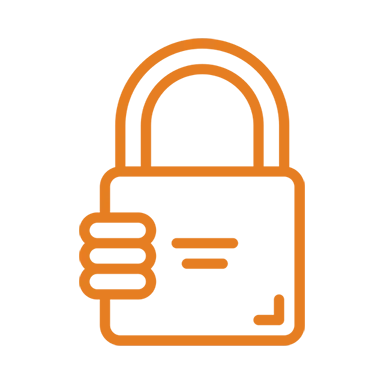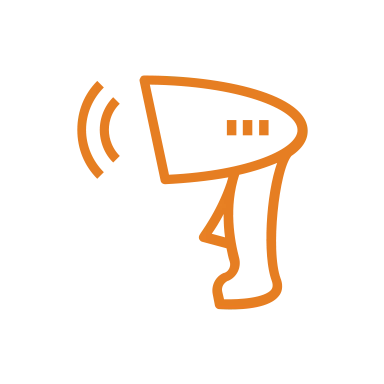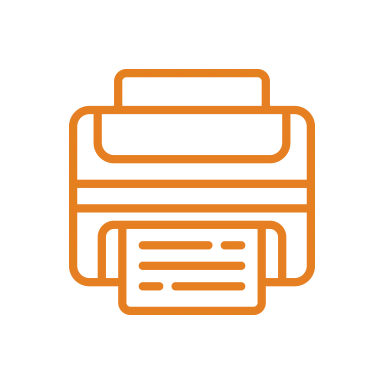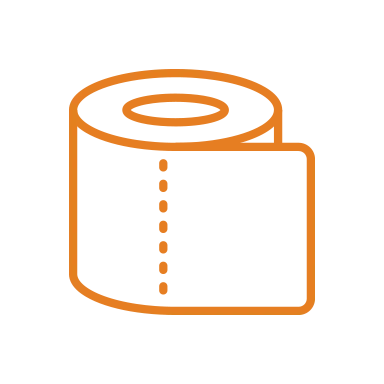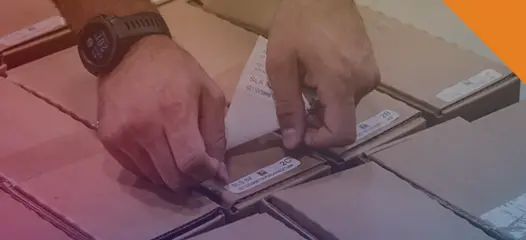
The GS1 Sunrise 2027 initiative is fast approaching. Are you ready?
Modern supply chains are more complex than ever. With growing consumer demands and tighter regulatory requirements, businesses can no longer afford to treat barcodes as simple price tags. Products now need to carry more data — from batch numbers and expiration dates to sustainability info and safety warnings.
As a result, GS1 has pushed forward with Sunrise 2027: a global initiative to upgrade the standard barcode and usher in a smarter, more connected future for packaging and product data.
In this article, we’ll break down what Sunrise 2027 is, why it matters, and how your business can get ready for the next evolution in product labeling.
What is GS1 Sunrise 2027?
The GS1 Sunrise 2027 initiative marks a significant evolution in global product identification, aiming to transition from traditional one-dimensional (1D) barcodes, such as UPC and EAN, to two-dimensional (2D) barcodes like QR codes and Data Matrix symbols by the end of 2027.
This shift is driven by the need for enhanced product information transparency, traceability, and consumer engagement.
Need to Start Generating 2D Barcodes?
MarkMagic lets manufacturers design output anywhere. Print GS1-compliant 2D barcodes to any printer—generate digital labels and PDFs for e-commerce, samples, and approvals. Get Sunrise 2027 ready today!
The Transition to 2D Barcodes
During the transition phase leading up to GS1 Sunrise 2027, products should include a mandatory 1D barcode (like a UPC) and a 2D barcode such as a QR code or Data Matrix barcode. This dual-marking approach ensures compatibility with existing systems while allowing early adopters to leverage the benefits of 2D barcodes.
By 2027 and beyond, packaging can feature either a 1D or 2D barcode, depending on the capabilities of your trading partners. This “single-carrier” model gives businesses the flexibility to modernize at their own pace while maintaining supply chain compliance.

UPC Barcode

Data Matrix Barcode

QR Code
1D vs 2D Barcodes
Unlike 1D barcodes that primarily encode a Global Trade Item Number (GTIN) for price lookup, 2D barcodes can store a wealth of additional data, including batch numbers, expiration dates, and web links to detailed product information. This expanded capacity enables more efficient inventory management, improved recall readiness, and greater sustainability practices.
For consumers, scanning a 2D barcode with a smartphone can provide instant access to nutritional information, allergen warnings, and sourcing details, enhancing trust and informed decision-making.
Meanwhile, the transition to 2D barcodes is already underway, with pilot programs in 48 countries representing 88% of the global GDP. During the initial phase, products may feature both 1D and 2D barcodes to accommodate existing systems.
To support this shift, retailers and manufacturers are encouraged to upgrade their point-of-sale systems and packaging processes to support 2D barcode scanning and data processing.
The Transition is Underway
Pilot programs in 48 countries representing 88% of the global GDP, are underway. During the initial phase, products may feature both 1D and 2D barcodes to accommodate existing systems.
Retailers are Getting Ready
More than 60 major retailers have committed to piloting or supporting 2D barcode scanning at POS with brands including Walmart, Woolworths, and Kroger currently testing 2D-enabled checkout lanes.
More Than Just a Code
A 1D barcode typically stores only a 12-digit GTIN. A 2D barcode (such as a GS1 QR code or Data Matrix) can store GTIN, batch/lot number, expiration date, serial number, and other kinds of traceable data.
Source: GS1
Why This Matters to Brands and Retailers
GS1 Sunrise 2027 isn’t just a barcode upgrade. It is a supply chain revolution. For brands and retailers, this shift unlocks major operational and competitive advantages.
2D barcodes offer a unified, standardized approach to meet the complex demands of today’s supply chains while also addressing rising consumer expectations. By embedding more detailed data directly into the product label, 2D barcodes support:
- Smarter inventory control and real-time visibility
- Faster, more accurate product recalls
- Improved sustainability through traceable sourcing
- Stronger product authentication and anti-counterfeiting
- Increased consumer confidence and brand loyalty
Consumers are demanding more transparency than ever — in fact, a GS1 study found that 77% of shoppers want more product information instantly accessible, right from the package. That growing expectation is colliding with high-stakes realities for brands: mislabeling and poor traceability are among the top causes of product recalls, which can cost companies an average of $10 million per incident.
Nowhere is the pressure higher than in the food and pharmaceutical industries, where the need for real-time visibility and reliable traceability is driving urgent adoption of smarter labeling systems like 2D barcodes.
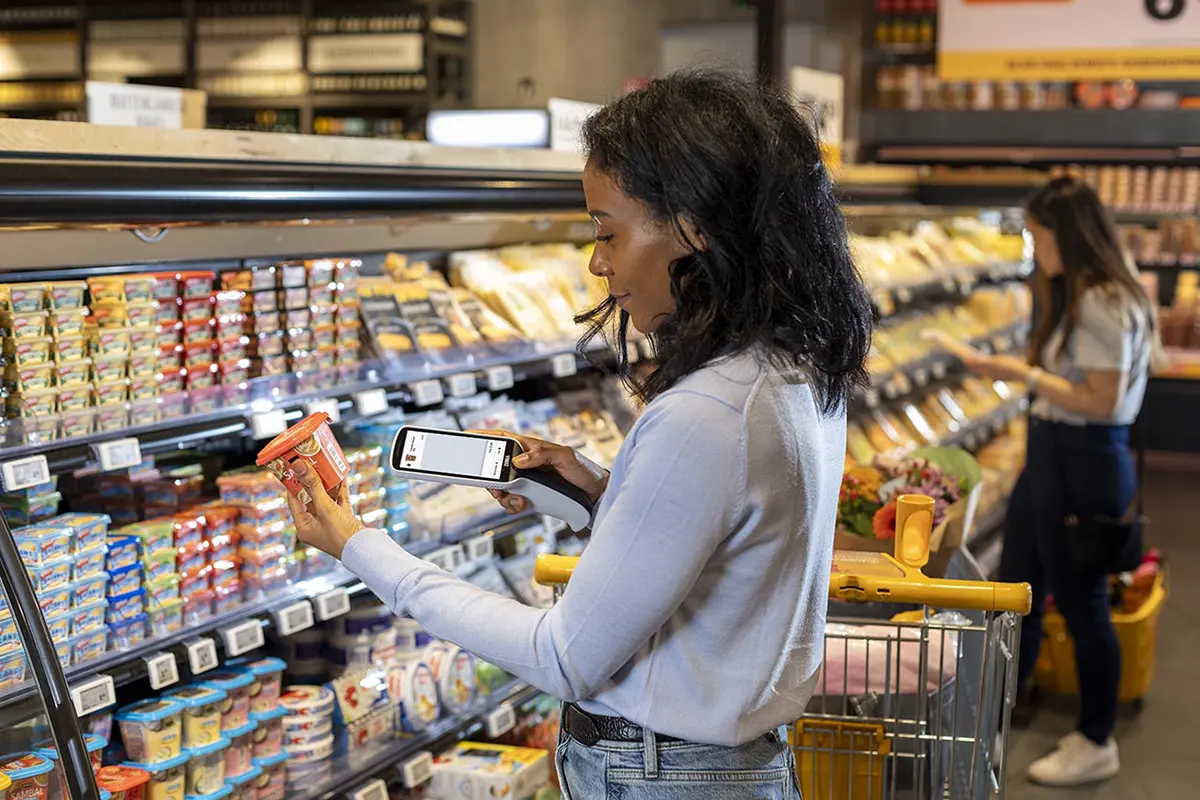
GS1 Sunrise 2027 Timeline
To help businesses prepare for the shift, GS1 has outlined a phased timeline for the Sunrise 2027 initiative.
This roadmap gives retailers, manufacturers, and solution providers the time needed to upgrade systems, test new workflows, and ensure a smooth transition to 2D barcodes across the supply chain:
- 2023–2025: Education, system upgrades, and pilot testing
- 2025–2026: Broader adoption and dual labeling
- End of 2027: Retail point-of-sale systems must be able to read and process 2D barcodes alongside 1D UPCs
How Brands and Manufacturers Can Prepare for GS1 Sunrise 2027
The shift to 2D barcodes isn’t just a packaging change — it’s a strategic transformation. To stay ahead of the curve (and avoid costly disruptions), brands and manufacturers should start preparing now.
Here’s how:
Audit Your Current Packaging and Labeling
Review how your current labels are structured and what data they include. Identify which products will require enhanced data (e.g. expiration dates, batch numbers, etc.) and what systems support (or limit) your ability to include it.
Educate Internal Teams
Sunrise 2027 isn’t just for the packaging team — it impacts IT, compliance, operations, and marketing. Make sure key departments understand the timeline, benefits, and technical requirements of the initiative.
Upgrade Labeling and Printing Systems
Make sure your labeling software and printers can generate GS1-compliant 2D barcodes (such as GS1 QR or Data Matrix). If your current setup doesn’t support dynamic data encoding, it may be time to modernize.
Run Pilot Programs
Start testing 2D barcodes on select SKUs or product lines. Include both consumer-facing and supply chain use cases, and test readability across different scanning environments (POS, warehouse, mobile devices, etc.).
Engage with Supply Chain Partners
Coordinate with retailers, 3PLs, and distributors to ensure everyone in your network is aligned. Some partners may already be piloting 2D barcode scanning — plug into their timelines to avoid gaps.
Plan for Dual Labeling
During the transition phase, many products will need to feature both 1D and 2D barcodes. Make sure your packaging design allows for both formats without compromising layout or compliance.
Transitioning to 2D Barcodes with the Right Tools and Applications
Transitioning to 2D barcodes isn’t just about new codes—it’s about being able to print them, too.
Many legacy labeling systems aren’t equipped to handle dynamic, data-rich 2D barcode formats like GS1 QR or Data Matrix. To make the most of Sunrise 2027, you’ll need a label printing solution that can generate these codes accurately and efficiently.
MarkMagic by CYBRA is a powerful option that makes this easy. It supports 2D barcode printing out of the box and works seamlessly with a wide range of printers—including standard laser printers—so you don’t need to overhaul your hardware to get started. Whether you’re printing a handful of labels or thousands, MarkMagic helps you stay compliant, scalable, and ready for what’s next.
Final Thoughts: Preparing for a Smarter, More Transparent Supply Chain
GS1 Sunrise 2027 isn’t just a technical upgrade — it’s a turning point for how products are labeled, tracked, and understood across the global supply chain. With 2D barcodes, brands can embed richer data, retailers can unlock new levels of efficiency, and consumers gain instant access to the information they care about most.
But the deadline is approaching fast. Businesses that take a proactive approach — modernizing their labeling systems, testing 2D workflows, and collaborating with partners — will be in the best position to lead, not follow.
The future of packaging is smarter, more connected, and more transparent. The time to prepare is now.
Better Labeling, Faster Printing.
Ensure every label is accurate, compliant, and printed without delays. Discover how CYBRA’s barcode and printing solutions streamline operations and eliminate errors.





